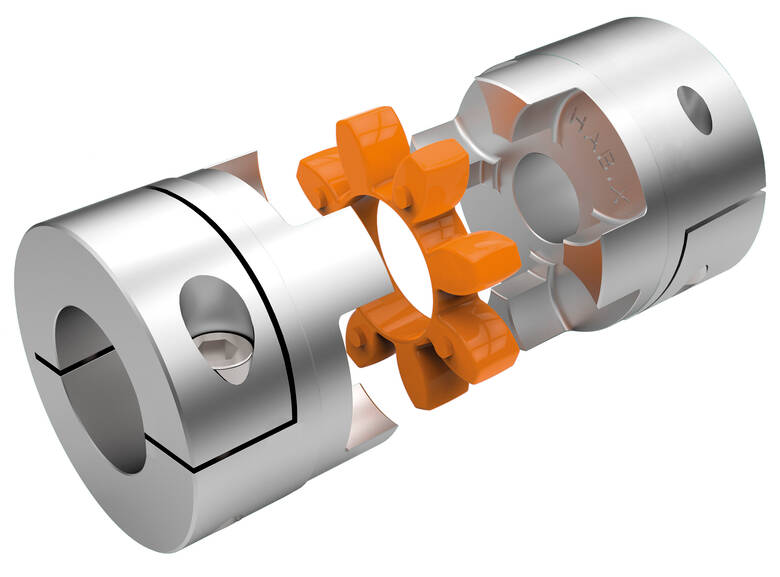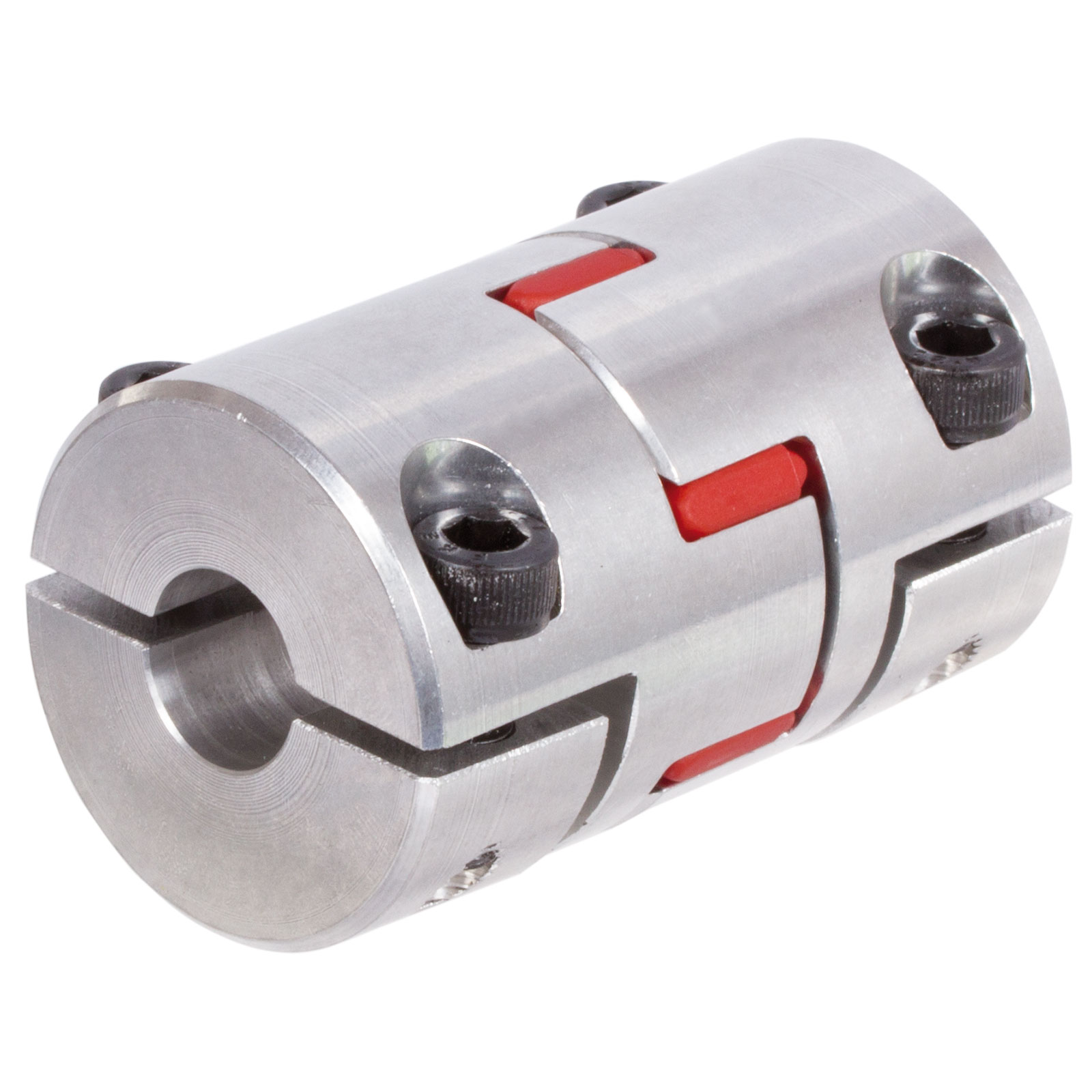Product Description
1
| POS | Number of part | Designation |
| 1 | AZ9231330948 | Rear axle housing |
| 2 | Q5211016 | Pin |
| 3 | WG8150571163 | Screw |
| 4 | WG923133 | O-ring |
| 17 | WG9112330016 | Pin |
| 18 | WG9231330808 | Pin |
| 19 | WG9231330809 | Pin |
| 20 | Q43705 | Snap ring |
| 21 | Q1200850F3 | Stud |
| 22 | WG61000060084 | Sleeve |
| 23 | Q45718 | Washer |
| 24 | Q33208 | Nut |
| 25 | WG923134 0571 | Bracket |
| 26 | Q151B2045TF2 | Screw |
/* March 10, 2571 17:59:20 */!function(){function s(e,r){var a,o={};try{e&&e.split(“,”).forEach(function(e,t){e&&(a=e.match(/(.*?):(.*)$/))&&1

Real-World Applications of Elastic Couplings
Elastic couplings find extensive use in various industries and applications where the reduction of vibration and shock is critical for performance, efficiency, and equipment longevity. Here are some examples:
- Industrial Machinery: Elastic couplings are commonly employed in industrial machinery such as pumps, compressors, conveyors, and generators. They help minimize vibration and shock, ensuring smooth and reliable operation while protecting sensitive components.
- Automotive Industry: In automotive applications, elastic couplings are used in drivetrains to dampen vibrations and shocks between the engine and the transmission. This enhances driving comfort, reduces noise, and prevents excessive wear on connected components.
- Power Generation: Power generation equipment, including turbines and generators, benefits from elastic couplings that absorb torsional vibrations and shocks. This aids in maintaining stable power output and extending the lifespan of critical components.
- Printing and Packaging: Printing presses and packaging machinery rely on elastic couplings to reduce vibrations during high-speed operations. This ensures precise printing and packaging while preventing damage to sensitive components.
- Robotics and Automation: Elastic couplings are crucial in robotics and automation systems to mitigate vibrations and shocks that can affect accuracy and reliability. They enable precise movement control and consistent performance.
- Medical Equipment: Medical devices such as MRI machines and X-ray equipment utilize elastic couplings to minimize vibrations that could impact image quality and precision during medical procedures.
These examples highlight how elastic couplings contribute to optimal performance, reduced maintenance, and increased equipment lifespan across diverse industries.

Advancements in Elastic Coupling Technology
Recent advancements in elastic coupling technology have led to improved performance and capabilities. Some notable developments include:
- Enhanced Materials: The use of advanced materials, such as high-performance elastomers and composites, has resulted in elastic couplings that offer higher strength, durability, and resistance to wear and fatigue.
- Optimized Designs: Engineers are employing advanced computer simulations and modeling techniques to optimize the design of elastic couplings. This has led to designs that provide better torsional flexibility, reduced backlash, and improved performance in demanding conditions.
- Vibration Dampening: Advancements in elastic coupling technology have focused on improving vibration dampening properties. This is particularly important in applications where minimizing vibration and shock is crucial for the machinery’s precision and longevity.
- Customization: Modern elastic coupling manufacturers offer more options for customization, allowing engineers to select the best coupling configuration, size, and material for their specific application requirements.
- Smart Couplings: Some elastic couplings now incorporate sensors and monitoring technology to provide real-time data on coupling performance, misalignment, and wear. This data can aid in predictive maintenance and enhance overall system reliability.
These advancements in elastic coupling technology continue to contribute to the efficiency, reliability, and overall performance of machinery systems in various industries.

Elastic Coupling: Function and Working in Mechanical Systems
An elastic coupling is a type of coupling used in mechanical systems to connect two shafts and transmit torque while allowing for a certain degree of misalignment and flexibility. It consists of two hubs, each connected to a shaft, and an elastic element placed between the hubs.
The elastic element, often made of rubber or elastomer material, serves as a flexible medium that can absorb shocks, vibrations, and angular misalignments between the connected shafts. When torque is applied to one shaft, the elastic element deforms and compresses, allowing the coupling to transmit torque from one shaft to the other while compensating for minor misalignments.
As the elastic element absorbs vibrations and shocks, it helps reduce wear and tear on the connected machinery and enhances overall system efficiency. Elastic couplings are commonly used in applications where precise alignment between shafts is challenging or where vibration damping is crucial.
Overall, the elastic coupling’s design enables it to provide a balance between torque transmission and flexibility, making it a valuable component in various mechanical systems.


editor by CX 2024-01-25